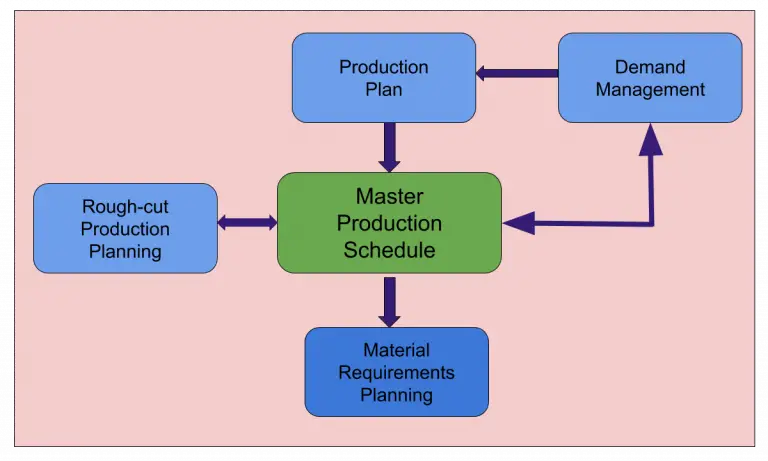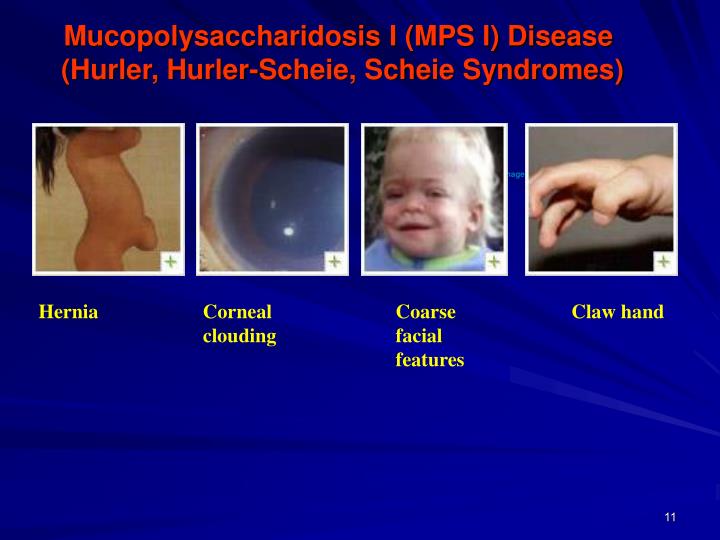

MPS III is inherited in an autosomal recessive manner.

HGSNAT…….heparan-alpha-glucosaminide N-acetyltransferase There are attenuated forms of MPS III which result in slower progression and a longer life expectancy.Īll four types of MPS III are caused by changes (mutations) in different genes that contain the instructions for making enzymes that break down heparan sulfate. Children with MPS IIIC have a longer life expectancy into the mid-twenties on average. Death can occur from before the age of 10 or not until the third or fourth decades of life, with the average being around 15 to 20 years of age. Children with MPS III also often experience hearing loss and vision impairment.Ĭhildren with Sanfilippo syndrome usually start to lose their intellectual functions, especially speech, before their motor function declines. Other symptoms can include coarse hair, excess hair growth (hirsutism), slightly coarse facial features, sleeping problems, mildly enlarged liver and/or spleen, speech delay, respiratory and ear infections, diarrhea, hernias, seizures and a wobbly and erratic walk. Severe behavioral disturbance is a very common feature of Sanfilippo syndrome, and one of the more difficult aspects of the disorder to manage. Behavioral problems such as hyperactivity and irritability may become obvious earlier. Mental and motor development peak by 3-6 years of age, after which intellectual decline usually occurs. There is also variability in severity within the sub-types and even between affected siblings.Ĭhildren with MPS III usually appear healthy at birth, but developmental delay is usually evident by age 2-5 years. All types of MPS III are associated with mental deterioration, but the severity and rate of progression depends on the particular type of MPS lll. Each type is caused by a change (mutation) in a different gene (see below). There are four subtypes of MPS III: types A, B, C and D. Sanfilippo belongs to a group of disorders known as the “mucopolysaccharidoses” (MPS), which are part of a larger group of disorders known as “lysosomal storage disorders”. This heparan sulphate accumulates and causes damage to the cells of the central nervous system, including the brain. MPS III is caused by a lack of an enzyme that normally breaks down and recycles a large, complex sugar molecule called ‘heparan sulphate’. It is also known as Sanfilippo syndrome and is a type of childhood dementia. Mucopolysaccaridosis type III (MPS III) is a rare genetic condition that causes fatal brain damage. 5 Myths About Orphan Drugs and the Orphan Drug Act.Information on Clinical Trials and Research Studies.


 0 kommentar(er)
0 kommentar(er)
